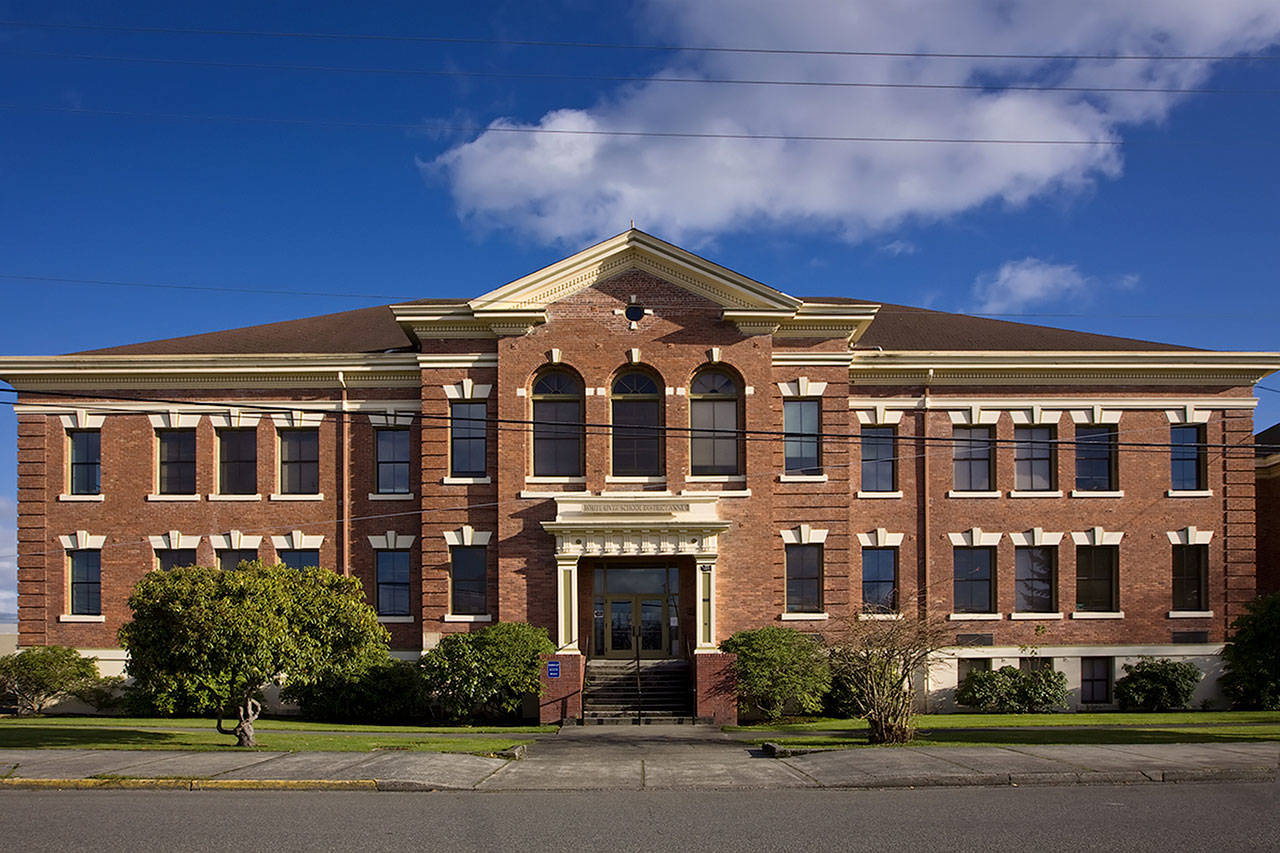Property owners within the boundaries of the White River district are being asked to provide their school system with additional dollars for the next three years.
The formal request, identified as Proposition No. 1, will be decided as part of the Nov. 5 general election. Because ballots are issued 20 days in advance, they will begin arriving in local mail boxes this week.
The math is simple on the surface, as Proposition No. 1 asks voters to approve a levy increase of $1 for every $1,000 of assessed property value. So, the owner of property valued at $400,000 would pay another $400 annually. For the White River School District, approval on Nov. 5 would bring an additional $3.75 million in each of the next three collection years.
If district residents feel as though they just approved a levy, they’re correct. A four-year levy was floated in 2018 and received enough support for passage. The district is now collecting money on the first year of that levy.
But here’s what changed. The state Legislature, during its 2017 session, had implemented a statewide levy lid of $1.50 per $1,000 of assessed value, taking effect in 2018. That’s the amount the district’s voters approved last year.
The $1.50 lid didn’t remain for long.
In a mailing sent recently to district residents, White River Superintendent Janel Keating explained things this way: “Around the state, districts had sent the message that there was a rapidly impending budget crisis as a result of restricting local levy collections, and a state funding model that failed to address the realities in most districts.”
The Legislature responded during their 2019 session, increasing the rate restriction from $1.50 to $2.50, taking effect in 2020. That extra dollar is what White River is hoping to collect with the current ballot request.
Assistant Superintendent Mike Hagadone said the requested money is needed for things that have become commonplace in the district, but are not funded by the state. Levy money, he said, pays for things like additional staffing of both teachers and classified staff, mental health services, campus security, help for students with special needs, the food service program and offerings like athletics, art and music.
HISTORY OF RECENT TAX RATES
Schools represent a major piece of the property tax puzzle and White River’s assessment has gone up and down during the past few years. The primary factors have been levies and bond issues approved by a supportive public. A worksheet provided to district households shows how numbers have changed since 2015 for the capital levy, maintenance and operation levy and now – if it’s approved – a supplemental levy.
In 2015 the total rate was $7.45 per $1,000 of assessed property value. That dropped to $7.19 the following year, $5.88 in 2017 and $5.48 a year ago. With the state cap in place this year, the overall rate was reduced to $4.36. If the supplemental levy is approved on Nov. 5, the district figures coming levy rates will be $5.48 in 2020 and $5.53 the following year.
Those are estimates, cautions the district’s business director, Donna Morey. The rate assumptions are based on 2 percent growth in assessed value throughout the district, she said, adding that actual figures are trending a bit higher. When the overall value of the district increases, tax rates drop. That, of course, can be offset by rising property values.



